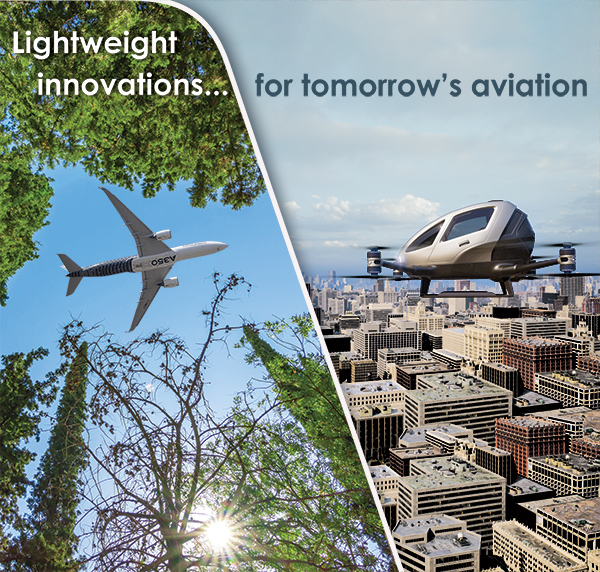Did you know ?
Here's a fascinating tidbit to tickle your curiosity: Did you ever imagine that popcorn could have a surprising link to the world of commercial aviation? Popcorn, that beloved crispy snack we enjoy at the movies, owes its aerodynamic qualities to the same principles that make airplanes take flight!
 Did you know ?
Did you know ?
In the early years of commercial aviation, airplanes were equipped with piston engines. During flights, these engines produced intense heat. In the 1940s, an aerospace engineer named Dr. Percy Spencer was working for Raytheon, a company specialized in electronics and microwave technology.
One day in 1945, while Dr. Spencer was working on a magnetron, a device used to generate microwaves, he noticed something astonishing. He had a bag of popcorn in his pocket, and he realized that the popcorn had started popping. Intrigued, he began to experiment by placing other foods near the magnetron and found that the microwaves heated and popped corn kernels.
This discovery led to the development of the first commercial microwave oven, the Radarange, which was introduced in 1947. One of the early markets for this new appliance was the commercial aviation industry. Modern airplanes were equipped with microwave-based heating systems, and popcorn became a popular snack on board.
The story goes that one of the first commercial flights to offer popcorn to passengers was a flight by the American airline Pan American World Airways, which served freshly popped popcorn bags to passengers during the flight. This quickly contributed to the association between commercial aviation and popcorn as a beloved onboard snack.
Therefore, thanks to Dr. Percy Spencer's accidental discovery and the growing popularity of commercial aviation, popcorn became a staple in-flight snack. Today, it is common to find popcorn bags in in-flight meal trays or onboard shops, reminding us of this fascinating anecdote.
 Exxelia has a long heritage in the supply of passive components for aviation equipping the latest and most advanced aircrafts in the world. Exxelia wide product portfolio of MIL film and tantalum capacitors, MLCC, electrolytic flat packs, choke inductors, filters and transformers… answers the needs of high reliability, robustness, lightweight, high temperature or 400Hz network.
Exxelia has a long heritage in the supply of passive components for aviation equipping the latest and most advanced aircrafts in the world. Exxelia wide product portfolio of MIL film and tantalum capacitors, MLCC, electrolytic flat packs, choke inductors, filters and transformers… answers the needs of high reliability, robustness, lightweight, high temperature or 400Hz network.
See more : https://exxelia.com/en/aviation/
Consult our job offers : https://exxelia.nous-recrutons.fr/
Thank you for visiting us at our Exxelia booth.
---
 Le saviez-vous ?
Le saviez-vous ?
Dans les premières années de l'aviation commerciale, les avions étaient équipés de moteurs à pistons. Pendant les vols, ces moteurs produisaient une chaleur intense. Dans les années 1940, un ingénieur aéronautique du nom de Dr. Percy Spencer travaillait pour la société Raytheon, spécialisée dans les technologies de l'électronique et des micro-ondes.
Un jour de 1945, alors que Dr. Spencer travaillait sur un magnétron, un appareil utilisé pour générer des micro-ondes, il a remarqué quelque chose d'étonnant. Alors qu'il avait un sac de popcorn dans sa poche, il s'est rendu compte que le popcorn avait commencé à éclater. Intrigué, il a commencé à expérimenter en plaçant d'autres aliments près du magnétron et a constaté que les micro-ondes faisaient chauffer et éclater les grains de maïs.
Cette découverte a conduit au développement du premier four à micro-ondes commercial, le Radarange, qui a été lancé en 1947. L'un des premiers marchés pour ce nouvel appareil était l'industrie de l'aviation commerciale. En effet, les avions modernes étaient équipés de systèmes de chauffage basés sur les micro-ondes, et le pop-corn était devenu un encas populaire à bord.
L'histoire raconte que l'un des premiers vols commerciaux à proposer du pop-corn aux passagers était un vol de la compagnie aérienne américaine Pan American World Airways, qui servait des sachets de popcorn fraîchement éclaté aux passagers pendant le vol. Cela a rapidement contribué à l'association entre l'aviation commerciale et le pop-corn, en tant que collation appréciée à bord des avions.
Ainsi, grâce à la découverte accidentelle de Dr. Percy Spencer et à la popularité croissante de l'aviation commerciale, le pop-corn est devenu un incontournable des collations en vol. Aujourd'hui, il est courant de trouver des sachets de pop-corn dans les plateaux-repas ou les boutiques à bord des avions, rappelant cette anecdote fascinante.
 Fournisseur reconnu de composants passifs pour le marché aéronautique, Exxelia est implanté dans les avions commerciaux et les business jets les plus récents grâce à sa large gamme de condensateurs (film MIL, tantale, MLCC, aluminium électrolytique), inductances, filtres et transformateurs… Exxelia sait répondre aux exigences de haute fiabilité, robustesse, légèreté, haute température ou réseau 400Hz.
Fournisseur reconnu de composants passifs pour le marché aéronautique, Exxelia est implanté dans les avions commerciaux et les business jets les plus récents grâce à sa large gamme de condensateurs (film MIL, tantale, MLCC, aluminium électrolytique), inductances, filtres et transformateurs… Exxelia sait répondre aux exigences de haute fiabilité, robustesse, légèreté, haute température ou réseau 400Hz.
En savoir plus : https://exxelia.com/fr/aviation/
Consultez nos offres d'emploi : https://exxelia.nous-recrutons.fr/
Merci de nous avoir rendu visite sur notre stand Exxelia.